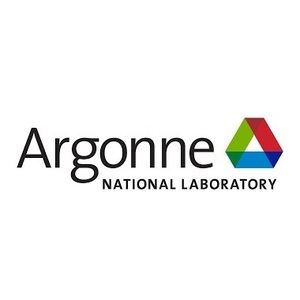Argonne National laboratory releases 2019 GREET model

October 30, 2019
BY Matt Thompson
The Argonne National Laboratory’s 2019 GREET (Greenhouse gases, Regulated Emissions, and Energy use in Transportation) models include changes and updates to carbon calculations for land use change from the production of biofuels, as well as the use of an open-source database of soil organic carbon.
The model is a tool used to analyze the effects of different types o fuel on the environment. While not used by the U.S. EPA, the model has been developed in conjunction with the Department of Energy.
Ron Alverson, board member for the American Coalition for Ethanol, was at Argonne recently to get updated on the 2019 changes. He said nitrous oxide fertilizer is a main factor in the greenhouse gas emissions (GHGs) emitted during corn production, and that the change to the model “was helpful to the biofuels industry. It lowered our carbon footprint just a little bit.”
Advertisement
Advertisement
According to a document summarizing the 2019 changes, the direct nitrogen fertilizer-induced nitrous oxide emission factor was changed from 1.2 percent to 1 percent. It also said the changes to the nitrous oxide calculations are based on more than 260 studies on nitrous oxide emissions which have been completed since 2012 when the nitrous oxide factor was last updated.
The 2019 GREET model also includes a database of soil organic carbon (SOC), which accounts for regional variability in organic carbon in soil.
Advertisement
Advertisement
Alverson also said Argonne is working on using USDA data to account for total nitrogen use, and looking at the effects of biofuel feedstocks on soil carbon stocks. The latter he said, “could have a huge impact, because any time we can sequester carbon in the soil … we can offset part of the emissions,” which would reduce the carbon foot print of biofuels. He said Argonne is working to include those changes included in the 2020 GREET update.
Additional changes to the 2019 model included updates to petroleum pathways, fuel economy updates for medium- and heavy duty-vehicles, and updates to the crude oil mix in the United States.
A summary of the updates is available from Argonne National Laboratory.
Related Stories
Neste and DHL Express have strengthened their collaboration with the supply of 7,400 tons (9.5 million liters) of neat, i.e. unblended, Neste MY Sustainable Aviation Fuel to DHL Express at Singapore Changi Airport starting July 2025.
CoBank’s latest quarterly research report, released July 10, highlights current uncertainty around the implementation of three biofuel policies, RFS RVOs, small refinery exemptions (SREs) and the 45Z clean fuels production tax credit.
The USDA significantly increased its estimate for 2025-’26 soybean oil use in biofuel production in its latest World Agricultural Supply and Demand Estimates report, released July 11. The outlook for soybean production was revised down.
The U.S. Energy Information Administration maintained its forecast for 2025 and 2026 biodiesel, renewable diesel and sustainable aviation fuel (SAF) production in its latest Short-Term Energy Outlook, released July 8.
XCF Global Inc. on July 10 shared its strategic plan to invest close to $1 billion in developing a network of SAF production facilities, expanding its U.S. footprint, and advancing its international growth strategy.
Upcoming Events










